COURSE – Clutter Free Home
Introduction
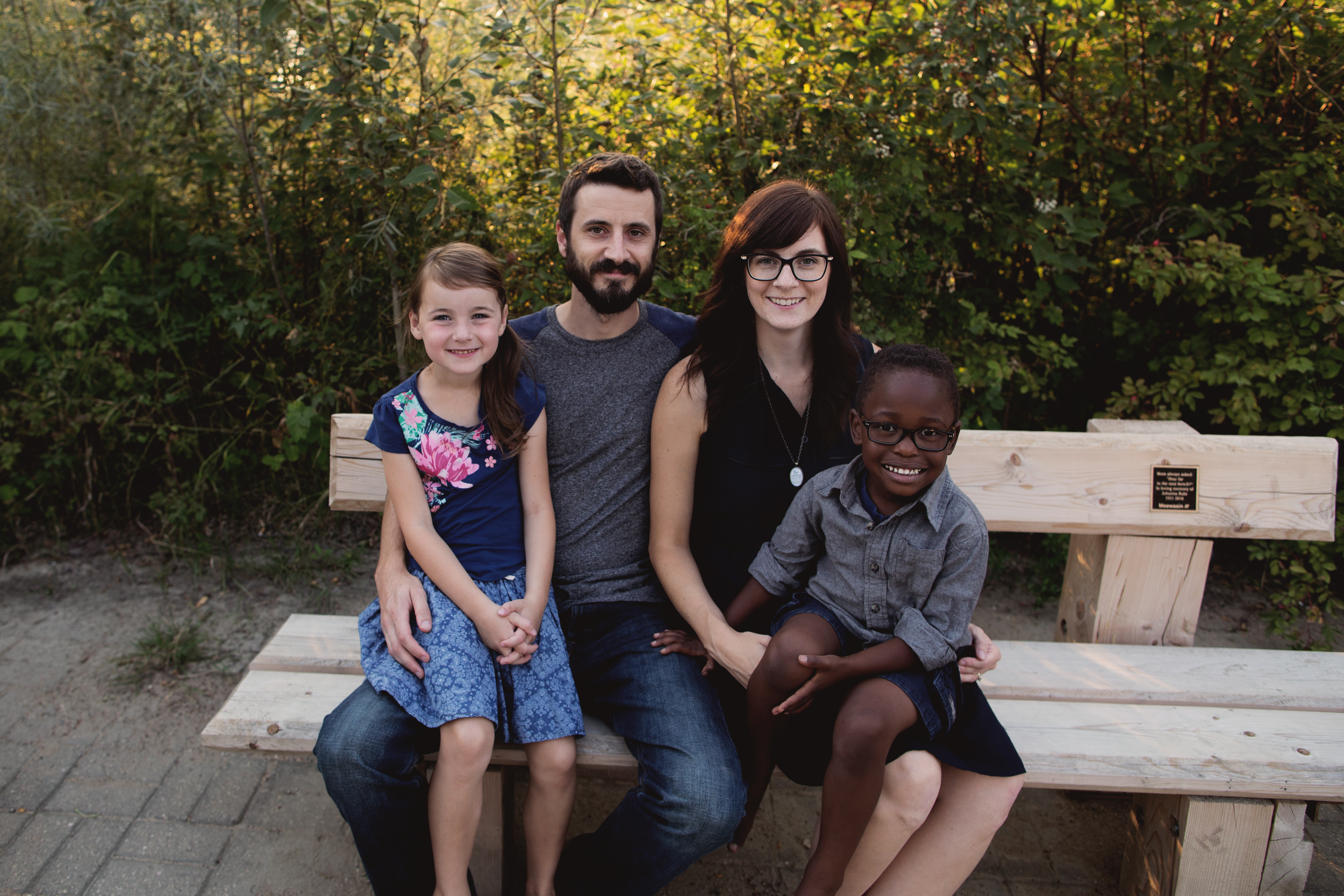
Hi! I’m Chantel, a highly sensitive person raising a highly sensitive child.
Clutter freaks me out but oddly, I used to be a pack rat and struggled with letting go of things.
I’ve been on a journey in the last few years to live with less and it has helped my home feel more relaxing and makes cleaning easier, score!
In this free mini-course I want to help you reduce the clutter your children have accumulated over the years. It’s amazing how much stuff small children can acquire, but it doesn’t need to be that way. Each of the phases in this mini-course are action steps you need to take to see a difference. Sure, you could just read through this mini-course but if you don’t actually take the steps to get rid of the clutter it isn’t going to happen.
Let’s take the steps to get out of the overwhelm!
If you want to see more of our simple living journey you can sign up for the newsletter.
Know Your Why
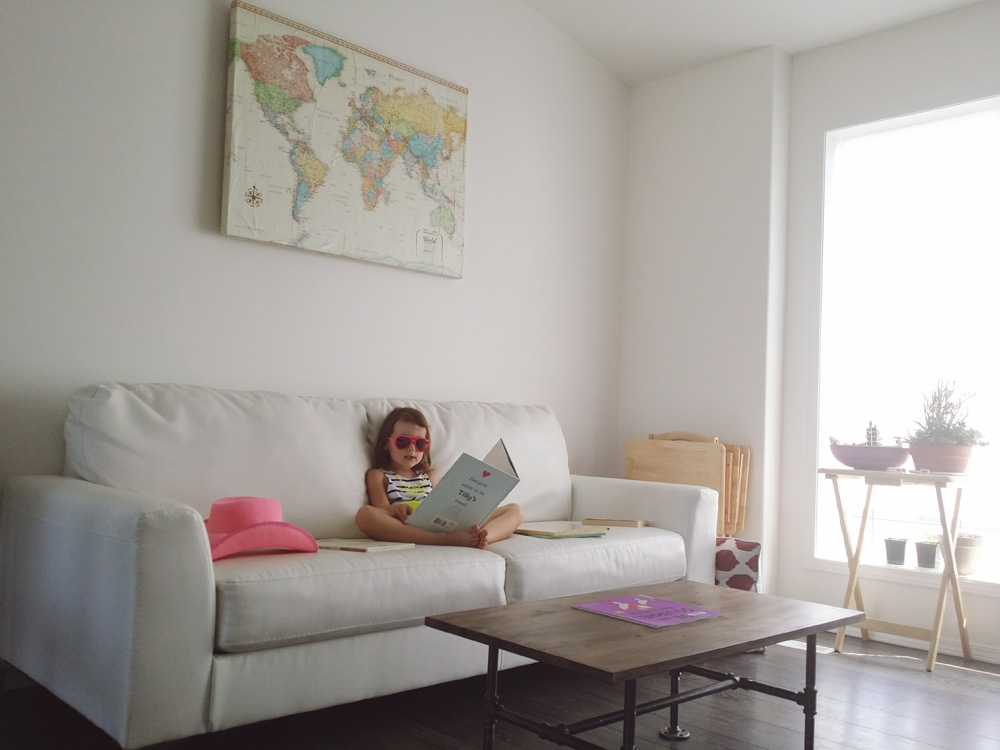
As with everything in life, I think it is important to know why you are doing what you are doing. I’d highly recommend writing your reasons down so you can look back at them later if you ever start questioning yourself (probably about the time you pull out yet another fast food toy out of the bin, how do those things manage to multiply?!).
I’ll share my reasons for wanting to have less kids clutter in the comments below, feel free to copy any of them down that are applicable for you and add any of your own.
So, why do you want to declutter your kids’ stuff? Write down your reasons!
Phase One: Obvious Junk

While we will involve the kids in our decluttering yet this first phase is just for you.
The first thing we need to do is go through and get rid of any of the obvious junk. This includes any broken toys, pointless papers, garbage etc.
My daughter is a bit of a pack rat and tries to keep the most random junk. Once I found a little container where she had kept some apparently important stuff: a scrap of paper, a dried macaroni and a button. Why???
It is best to do this step on your own without your children present because some of this stuff may seem important to your kids if they see you get rid of it but if they didn’t know you had taken it they wouldn’t miss it. That was the case with my daughter and the all important dried macaroni; she never missed it!
While this is the first step it is something that needs to be done on a continual basis if you have a paper hoarder like I do. Because while it is easy to limit the toys that come through the door, papers are a lot harder to catch.
If you have a child that remembers every little thing they are hoarding you may want to hold on to this stuff for a little while just to make sure you are not throwing anyway anything vital to their existence. I keep a cardboard box at the top of my closet (high up so it won’t accidentally be discovered by smaller people) and I toss these items into there and use it as a holding cell for awhile before permanently getting rid of them.
If an item has been missed I make sure to not make a big show of it, I close my door while I go through the box and then offhandedly mention I found what they were looking for. The last thing I want is for them to discover the box. I have been using this method for years and I think I’ve only had to dig something out once or twice.
The getting rid of obvious junk is something I do fairly frequently. Some days I just notice something and will toss it into the box and other times when my kids aren’t around I will do a more thorough job. I’ve noticed a few repeat offenders: toys from birthday party bags, fast food toys, Sunday school papers, and little scraps of paper.
When you are done this phase, set a reminder on your phone for you to get rid of the items in two weeks if they haven’t been missed.
Phase Two: Organize

Now it is time to really get down to business.
With the help of your kids it’s time to bring all the toys you own into one space. Also, have a giant garbage bag handy.
Before we even begin to declutter we are going to sort the toys into categories. I know it may seem backwards to organize before even discarding but bringing all the toys into one area and sorting them into like categories helps to realize just how many toys your kids have, and how much of the same kind of toy.
Make piles based on type of toy, for example: a pile of balls, another one for dolls, others for cars, stuffed animals, toy food, etc.
As you sort through the toys if you or your kids come across any obvious junk go ahead and toss it in the garbage bag. If you get my hoarder in the right mood when doing this she loves pointing out the broken stuff and asking why we still have it. #winning
Make sure as you are organizing you are grabbing all the toys from everywhere; the playroom, the bedroom, the living room, and wherever toys may find a place to live in your house.
Phase Three: Downsize
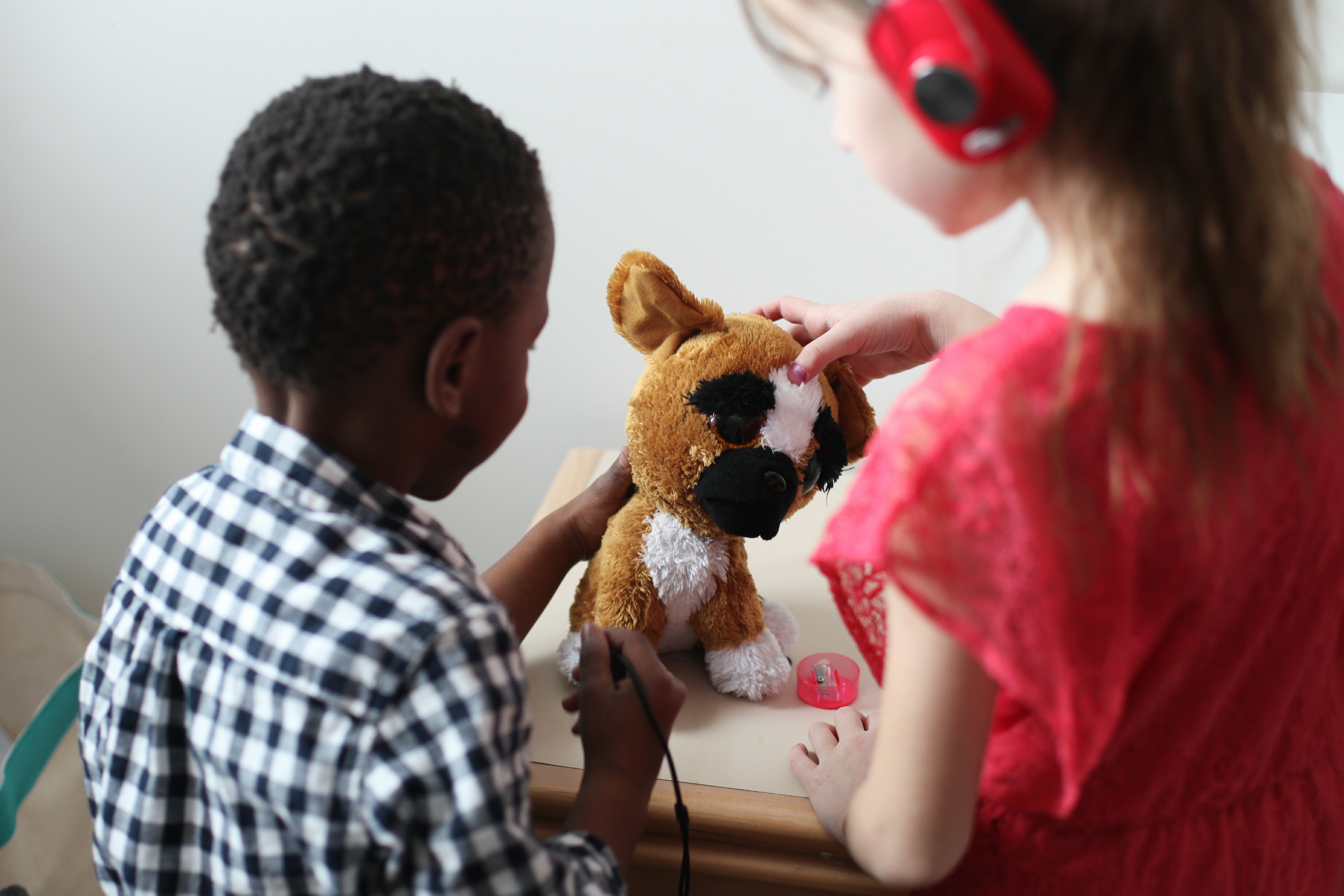
Now it is time to start purging!
Keep the garbage bag handy from the previous phase and make a designated donation area by either placing a bin there or putting down a blanket for all the too-good-to-throw-out-but-not-good-enough-to-keep stuff.
Before you go through the toys you may want to talk to your kids about some of your reasons for wanting to do this. Be sure to tell them the benefits for them and how donating toys can help other kids who don’t have as much.
Then go through the toys pile by pile.
Start by asking your children if there is anything in the pile you are currently working on that they feel like they an get rid of right off the bat. Then you can decide if there is an acceptable amount of toys in the pile or if more needs to be culled. You can make the decision on how many of one item you keep and your kids can pick which specific ones stay.
Generally I find toys that are open ended and allow for more creativity are the ones I prefer to keep around. I would choose to keep blocks or costumes over a noisy, light up toy any day.
If there are a couple of sentimental items that you don’t want to get rid of but the kids have grown out of make sure you have a safe place to put them so the kids know they won’t be thrown out but will be preserved.
Continue going through the piles until you have gone through all the toys.
Once you are finished you can throw out the garbage, donate the toys in the donation pile and in the next phase I’ll tell you what to do with the toys that you decided to keep.
Phase Four: Rotate
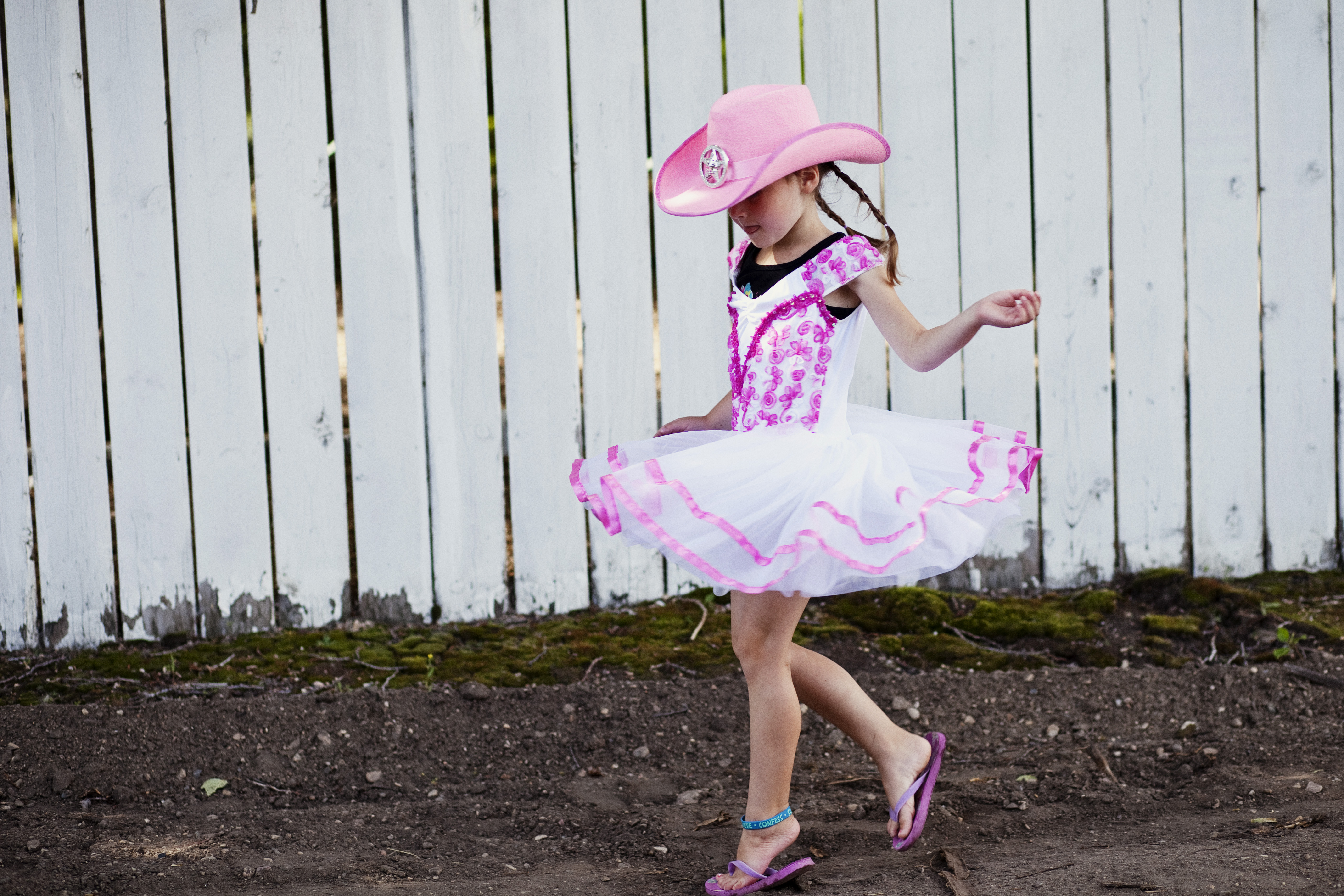
Unless you were super ruthless in your downsizing, chances are you are still left with more toys than you personally would prefer.
I find as kids get older they need less toys and the ones they do have are generally smaller. That is a bit of encouragement for me on days when I want to get rid of every single toy.
So, what do you do in the meantime so you aren’t still overwhelmed by toys?
Two things:
Toy rotation and sneaky toy purging.
We have done toy rotation in a few different formats over the years. Some work better than others, some require more work than others. What I have found to be the most effective in keeping the toys that are out minimal and the toy storage area neat is to keep the toy storage area off limits for the kids.
If they want a different toy out they need to tell me what they want and they need to swap it for a toy they already have out.
I have an emphasis on them telling me the toy they want because the last thing I want is for them to wander in and look around and see what toy they are in the mood for. If they don’t remember that they have it, in my opinion, it’s not a toy that needs to stay.
The downside to this kind of toy rotation system is that I always need to be the one doing the toy swap but that just means that some days they have to wait awhile before they get the toy they want and sometimes that means they forget about the toy they wanted and go off and play with what they already have out.
The toys that consistently get asked for are the keepers. The ones that don’t . . . after awhile they get purged.
Keeping Clutter Away
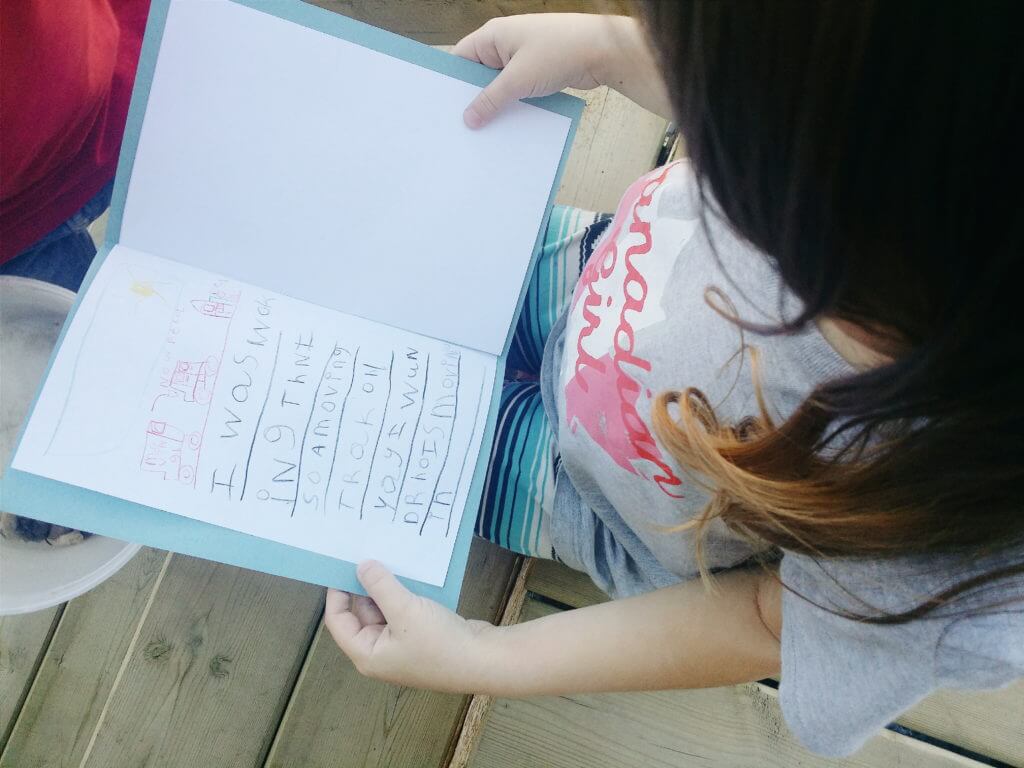
Now that you’ve gone though all the work of getting rid of the clutter your kids have collected, the last thing you want to do is think you are done and let it all accumulate back up and have those feeling of overwhelm washing over you again.
There are a few different things you can do to make sure you don’t need to do a big purge every few months.
CHANGE YOUR HABITS
If it has been a habit of yours to frequently by toys for your kids it has to stop.
If your children frequently ask for toys when you are shopping you’ll need to tell them ahead of time that this is a habit that will be changing. An easy way to avoid this is to identify the stores that this usually happens in and drastically reduce the times you go to these stores, or at least how often you go to these stores with your kids in tow.
For myself the dollar store was a problem area, it seems so harmless to buy a toy for a couple of dollars, but if I buy a toy for one child I also need to buy one for the other one, so that means two toys, and we used to frequent the dollar store quite often. After our big purge I made the conscious decision to nearly stop going there and to change the expectations for when we did go there. That little change made a huge difference!
SAY NO – EVEN IF IT’S FREE
A big part of keeping toy clutter at bay is not allowing it into your home, that means even those “free” toys you get with a kids meal. It can be hard to refuse stuff that’s free, but just remember it will just become another thing to purge down the road.
GIVE EXPERIENCES
Obviously you still want to buy your kids something at their birthdays and Christmas but what if you gave them the gift of experiences first? You can even tell grandparents to do this. I’ve heard of many people who ask for swimming lessons and a new bathing suit for their kids for their birthdays or Christmas. That sounds like the perfect package because you know kids are always growing out of their swim suits!
GIVE THE GIFT OF TRAVEL
Okay, this is my favorite gift! I know a lot of families that use the money they would spend on Christmas presents and use it for a trip instead. Or if they are saving for a bigger trip they will save the money they would normally spend on a birthday gift and save it for a specific portion of the trip, like tickets to an attraction on that trip.
STAY ON TOP OF CLUTTER
Even if you stop buying so much stuff extra kid clutter will still make its way into your house. The key is to stay on top of obvious clutter by going through every month or two and doing a quick sweep and doing a toy inventory a few times a year and seeing which items kids have grown out of and are ready to let go of.
A Clutter Free Home

I hope you enjoyed this mini-workshop on eliminating kids clutter and you were able to make a difference in your home!
If you would like to receive information on more resources for living an intentional life and having a clutter free home sign up for my newsletter.

